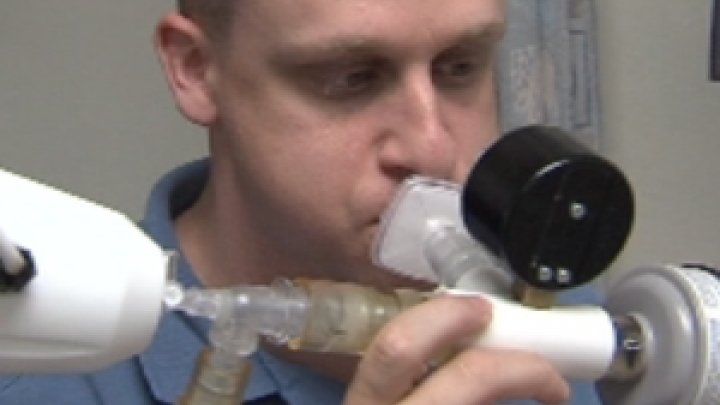What is Mesothelioma?
You may have heard of mesothelioma or know someone who has it, but what is mesothelioma? Mesothelioma is a rare form of cancer that develops in the mesothelium, the protective lining that covers most of our internal organs. Mesothelioma is an aggressive and deadly form of cancer. The pleura, the lining of the lung, is where mesothelioma is most commonly found. This form is called pleural mesothelioma. Other forms are peritoneal, pericardial, and testicular mesothelioma. The rarest form of mesothelioma, testicular mesothelioma, occurs in the lining of the testicle. Peritoneal mesothelioma occurs in the abdominal cavity lining, and pericardial mesothelioma occurs in the lining of the heart. Pericardial mesothelioma is the second rarest form. If left untreated, mesothelioma can cause death in four months to a year after diagnosis. The most common causes of death in people with mesothelioma are respiratory failure or pneumonia.
Exposure to asbestos particles is the only known cause of mesothelioma. If an individual was exposed to asbestos in homes or in the workplace he or she is at risk for mesothelioma. Most cases of mesothelioma occur as a result of asbestos exposure in the workplace. Workers who may frequently come into contact with asbestos include miners, factory workers, ship builders, and construction workers. It can take many years for mesothelioma symptoms to appear ranging from 20-50 years after asbestos exposure. As little as one or two months of asbestos exposure can result in mesothelioma. Asbestos fibers enter the body by being breathed in or swallowed. The fibers cause changes resulting in inflammation, scarring, and genetic damage over decades. Once this damage has occurred the stage is set for malignant mesothelioma to develop and over time cancerous tumors begin to form. Risk factors for mesothelioma are direct exposure to asbestos and living with someone who works with asbestos. Workers may carry the fibers home on their skin or clothing exposing others in the home and putting them at risk for mesothelioma. Safety precautions such as wearing protective equipment at work and showering and changing clothes before leaving work can help provide protection from asbestos exposure.
Another possible risk factor is simian virus 40 (SV40), a virus originally found in monkeys and used to develop the polio vaccine. Millions of people received this vaccination between 1955 and 1963, and some research indicates a link between SV40 and mesothelioma. Early mesothelioma symptoms are mild so many people do not experience symptoms until later stages. Doctors look at affected areas with special instruments, and mesothelioma is diagnosed by a biopsy. Tissue is removed from the area and viewed under a microscope followed by a diagnosis and report. Conventional mesothelioma treatment includes surgery, radiation, chemotherapy, or all three. More treatment options are available at earlier stages of mesothelioma progression including clinical trials and alternative or complimentary therapies. Symptoms of mesothelioma vary according to its location in the body. Signs and symptoms of pleural mesothelioma in the lungs include difficulty breathing, chest pain, and painful coughing. Peritoneal mesothelioma, which occurs in the stomach lining, includes abdominal pain, abdominal swelling, and unexplained weight loss. The symptoms of mesothelioma that occur in the heart, pericardial mesothelioma, include heart palpitations, chest pain, difficulty breathing, fever, and fatigue. The only known symptoms of testicular mesothelioma are testicular lumps and swelling of the scrotum. Additional symptoms of pericardial and testicular mesothelioma are unclear since they are rare. It is important to see a doctor immediately if any of the symptoms mentioned are present.






















